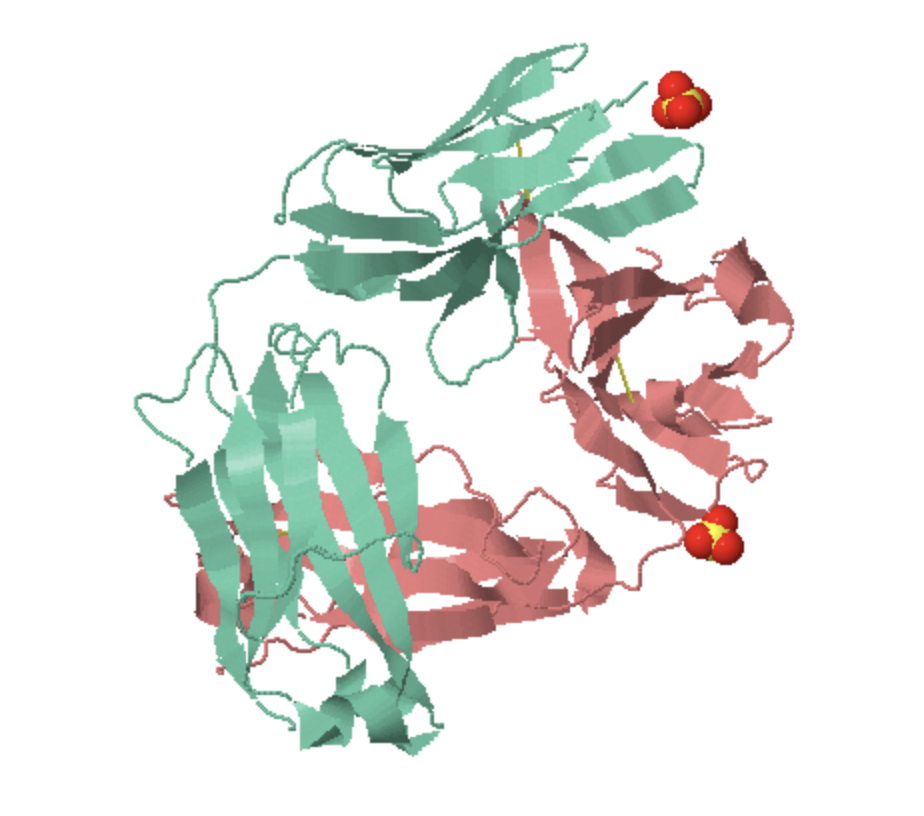 Image 1 of 1
Image 1 of 1


Human Glutamic Acid Decarboxylase 65kDa Isoform, 1-95aa truncated (GAD65-95tr)
SIZE
0.1 mg
INTRODUCTION
GAD65 is primarily expressed in neuron cells and pancreas β-cells. It works as a catalyser in GABA synthesis.
Glutamic acid decarboxylase autoantibodies (GADA) are found in 70% to 80% of individuals with new-onset type 1 diabetes, making it the most frequent autoantibody in autoimmune diabetes. GADA can be detected in serum for many years post diagnosis, and high concentrations of GADA have been considered as a marker of faster β-cell exhaustion in these patients. Furthermore, GADA in non-diabetic individuals predicts the later development of type 1 diabetes1. Besides autoimmune diabetes, GADA also exists in Stiff Man Syndrome, autoimmune poly-endocrinopathies, and some of Grave’s Disease patients.
DESCRIPTION
Expressed in Baculovirus-sf9 vector expression system with a total of 515 amino acids (AA).
Mw: 58.8KDa (calculated).
N-terminal 6xHis-tag and TEV cleavage site, 25 extra AA (highlighted).
Recombinant antigen for research use or manufacturing only.
SIZE
0.1 mg
INTRODUCTION
GAD65 is primarily expressed in neuron cells and pancreas β-cells. It works as a catalyser in GABA synthesis.
Glutamic acid decarboxylase autoantibodies (GADA) are found in 70% to 80% of individuals with new-onset type 1 diabetes, making it the most frequent autoantibody in autoimmune diabetes. GADA can be detected in serum for many years post diagnosis, and high concentrations of GADA have been considered as a marker of faster β-cell exhaustion in these patients. Furthermore, GADA in non-diabetic individuals predicts the later development of type 1 diabetes1. Besides autoimmune diabetes, GADA also exists in Stiff Man Syndrome, autoimmune poly-endocrinopathies, and some of Grave’s Disease patients.
DESCRIPTION
Expressed in Baculovirus-sf9 vector expression system with a total of 515 amino acids (AA).
Mw: 58.8KDa (calculated).
N-terminal 6xHis-tag and TEV cleavage site, 25 extra AA (highlighted).
Recombinant antigen for research use or manufacturing only.

